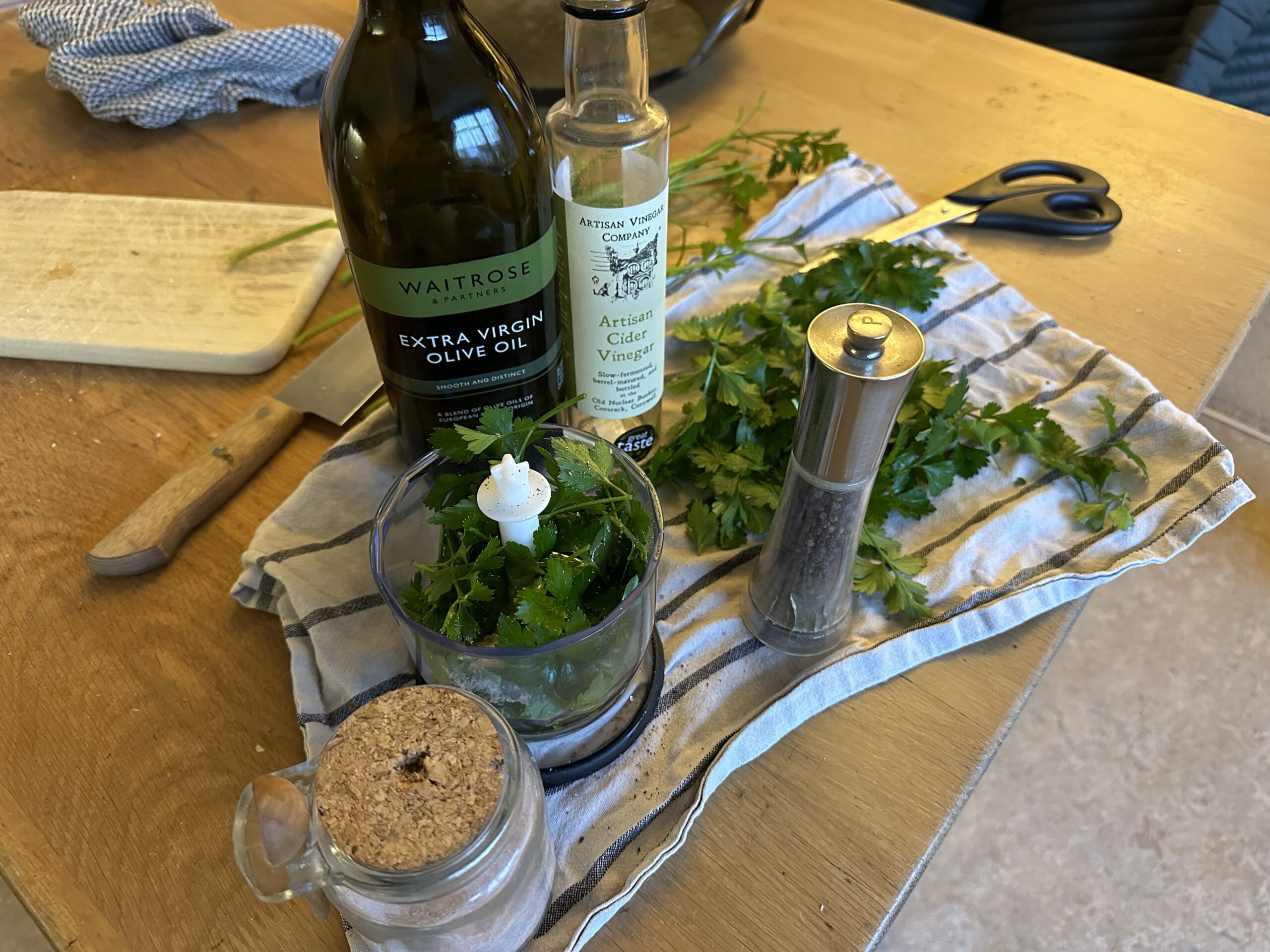Meet four stars of the Asian vinegar cabinet

Serves 4 (if you are fewer, don't scale down the recipe – the leftovers are just as good, if not better)
Ingredients
Method
Peel the potatoes and wash them to remove any dirt. Carefully, slice the potatoes finely using a mandolin (if you have one) or a sharp chef's knife. Peel the garlic cloves and slice them in two.
Put the potatoes into a large saucepan over medium heat with the cream and the garlic. Add a teaspoon of salt and quite a few good grinds each of pepper and nutmeg.
For around 10 minutes, stir this around to allow the flavours to meld and the potatoes to soften. Be careful not to allow too much to stick to the bottom of the pan. The liquid will rapidly disappear; add splashes of milk intermittently to keep a saucy consistency (it's hard to give precise measurements). You're done when the potatoes are no longer raw-feeling and are covered in a thick, glossy sauce the texture of a good béchamel.
Pour this luscious mixture into a small enamel baking dish —no need to butter it first— which should be filled almost to the top. Cover the dish with foil and bake in a 160-degree oven for about an hour, then turn down the heat to low for up to an hour more. Check the potatoes every so often with a fork; you want them to be completely tender.
(If the potatoes are already at that stage, you can also proceed immediately to the cheese gratinating step. It's hard to know precisely how long the potatoes will take to be done, but this is a very forgiving recipe; you'll get to know your oven's dauphinoise sweet spot if you make it enough.)
While the potatoes are baking, grate 2 or 3 handfuls of cheese. 10 minutes or so before you want to eat, pull out the dish, remove the foil, and sprinkle thickly with the cheese. Put under the grill at maximum temperature until golden and bubbling.
Allow to cool for a few moments and then serve. Allow everyone to top with lashings of parsley sauce at the table (recipe below). This dauphinoise can be a side dish to meat, fish, or similar, or stand on its own — perhaps alongside a crisp salad.
This easy salsa verde adds a splash of vibrancy to all kinds of creamy things — in addition to the gratin, try it with mash or cheese on toast.
Ingredients
Method
Wash the parsley (if it came out of your garden, like mine, this may involve a few rounds of soaking to get rid of all the dirt). Spin dry in a salad spinner.
Rather than picking off the individual leaves, simply use a pair of kitchen scissors to separate bunches of leaves from the largest stems. Discard these big stems, or better yet, use them as a stock flavouring.
In a food processor or the chopper attachment to an immersion blender, blend as much parsley as will fit with a good slug each of olive oil and vinegar. As the leaves blend down, add more and more of them until all the leaves are incorporated. Add more vinegar and oil, as well as salt and pepper to taste, until the sauce is the consistency of a good, thick pesto. It should be quite tart.
– Beatrix Swanson
The Great Taste Awards are the Oscars of the fine-food business, and a 3 Star Great Taste Award is about the highest accolade a product can get. Each year tens of thousands of products are judged, and only a tiny fraction (a couple of hundred or so) are given the highest award - the coveted […]
Meet the star of the Artisan Vinegar Company’s damson and sloe vinegar

The Old Nuclear Bunker,
Pednavounder,
Coverack,
Cornwall
TR12 6SE
01326 281135
info@artisanvinegar.co.uk